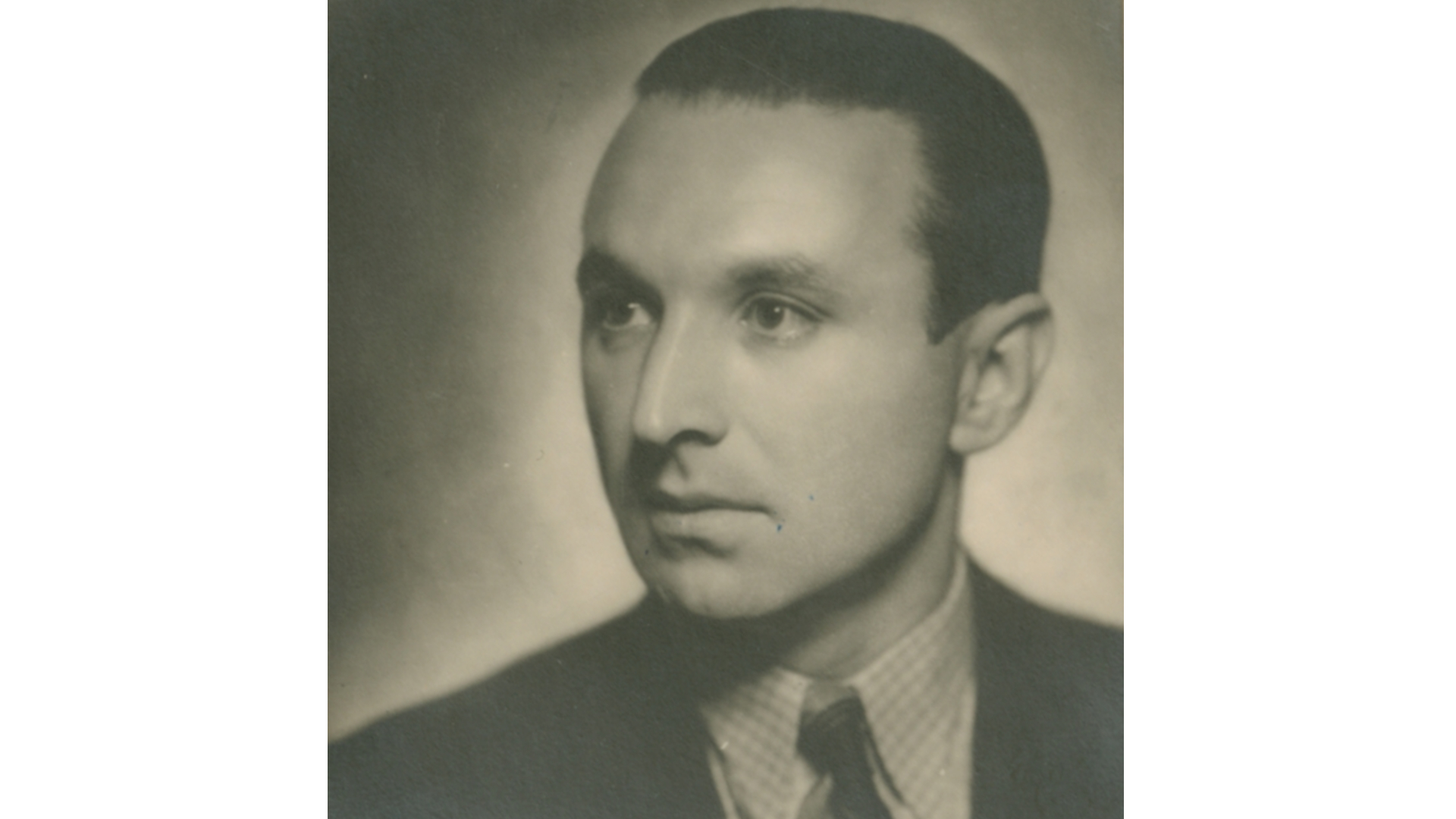| Location of stone: Moltkestrasse 25 | District: Himpfelshof |
| Sponsor: Rotary Club Nuremberg Kaiserburg | Laying of stone: 11 June 2021 |
Biography
On 11 June 2021 Gunter Demnig laid six stumbling stones in Nuremberg for victims of National Socialist medical crimes. The victims’ lives were researched by pupils who attended a P-Seminar at Nuremberg’s Hermann Kesten College, led by Dr Maren Janetzko and Dr Pascal Metzger. The project was carried out in cooperation with the history association Geschichte Für Alle e.V. (History for Everyone). To finance the laying of the stones, the seminar participants applied successfully for a donation from Nuremberg’s Rotary Club. One of the biographies reconstructed during the project was that of Arthur Brunner. On the grounds of a mental disability, he became a victim of the National Socialists’ euthanasia programme.
Arthus Brunner was born in Nuremberg on 4 January 1919. The son of Georg Brunner, who worked as a storeman, and his wife Babette (née Winkler), Arthur had two older siblings. The family lived at 25 Moltkestrasse in Himpfelshof.
In infancy Arthur contracted measles and polio, resulting in brain damage. The medical diagnosis at the time was “idiocy”. From the age of nine onwards, Arthur was placed in psychiatric hospitals in the Diocese of Neuendettelsau, first in Bruckberg and then Engelthal. His parents visited him regularly and brought him home every summer and for a few days at Christmas.
National Socialist ideology separated human beings into “valuable” and “worthless”. Countless numbers of people suffering from various illnesses and disabilities, as well as those who were forced to live on the fringes of society, were denied the right to life by the National Socialist state. The term used for what was in fact systematic killing was “euthanasia”. In the years 1940/41 more than 70,000 people were murdered as part of the “T4” operation. The name for the programme of mass murder is an abbreviation of Tiergartenstrasse 4, the address in Berlin of the headquarters of the government agency that implemented the policy.
Within the framework of “Aktion T4” Arthur Brunner was moved first to the psychiatric hospital in Ansbach. On 26 February 1941 he was transferred to the killing centre at Hartheim Castle near Linz, where he was murdered in the gas chamber.












